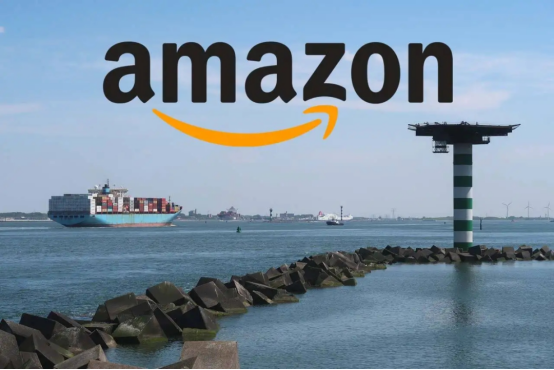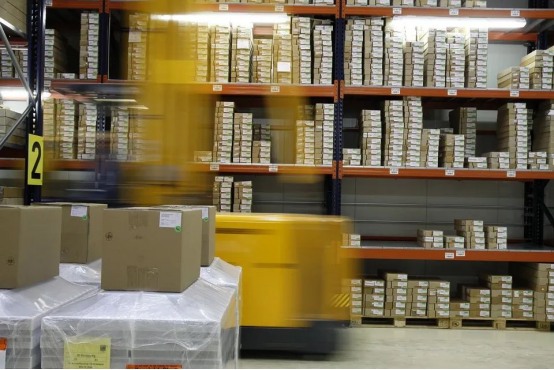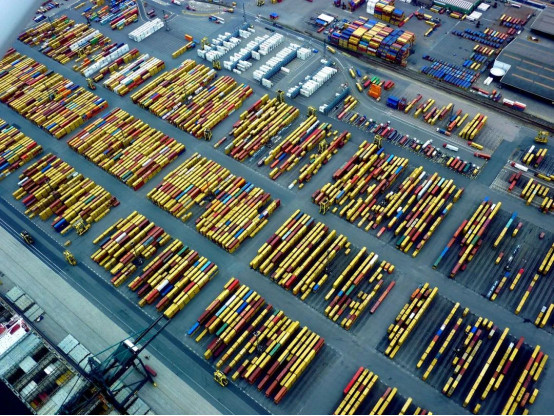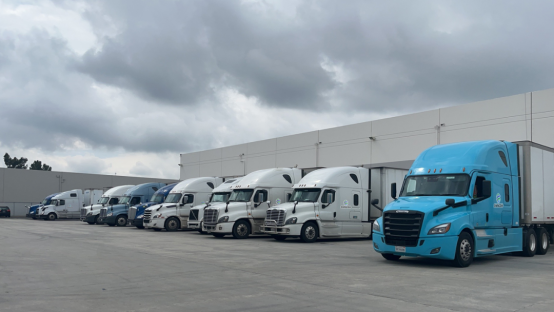
![[sort:pic]](/template/default/images/banner/3-3.jpg)

Lean management provides customers with high-quality services and a visible panoramic view of the prosperous era.
Share
Recently, Amazon has made intensive updates to its policies, particularly regarding key changes in logistics, including adjustments to inbound placement fees, lost item claim policies, and updates to self-fulfillment performance metrics. Below are the specifics of the new regulations. Please take note and adjust your strategies accordingly.

The inbound placement fee, implemented in March, has quietly surged after Prime Day, with many sellers reporting an approximate 50% increase per unit without explicit prior notice.
Some merchants noted that their per-unit fulfillment costs rose from 0.28 (a 40% hike), while another example showed an increase from 0.24 (a 50% jump). This sharp rise directly escalates sellers' overall logistics expenses.
To mitigate costs, some sellers are exploring new strategies, such as distributing inventory across more warehouses to avoid high placement fees. One analysis revealed that the total cost of sending goods to three warehouses now nearly equals the expense of evenly distributing inventory to five warehouses, which is exempt from placement fees. Consequently, many sellers are shifting toward the latter for cost efficiency.
To avoid additional charges, sellers should ensure that the same product is not shipped to multiple warehouses over a month apart, as this may trigger small defect fees and extra placement fees. Precise cost calculations are crucial to identifying the optimal fulfillment strategy. Placement fees will be settled separately 45 days after inventory arrival, and sellers can track detailed charges in their backend transaction records.
Based on seller feedback, lightweight items are often more economical when distributed to five warehouses, while heavy goods tend to be better concentrated in the West Coast region. Given the fee adjustments, sellers must adapt flexibly to control rising costs.

To address warehouse congestion and rising lost item rates, Amazon US will automatically compensate sellers for FBA goods lost due to fulfillment center errors starting November 2024, streamlining the claim process for efficiency.
Under the new system, compensation begins immediately upon reporting a lost item, and sellers can track progress in their backend, saving time and effort.
While Amazon promises broad coverage for warehouse losses, damages, and return claims, disputes over liability determination may still arise.
• Warehouse Losses: Manual claims must be filed within 60 days of reporting.
• FBA Returns: Claims must be submitted 60–120 days after refund/replacement.
• Shipping Losses: Removal claims are valid 15–75 days after shipment.
• Other Removal Claims: Must be filed within 60 days of return.
The claim window has been significantly shortened to 60–120 days, requiring sellers to monitor inventory closely and act promptly to secure compensation.

Most Amazon sellers rely on FBA for faster delivery and better visibility, with 80% of Chinese sellers favoring this model. However, self-fulfillment remains viable for its flexibility and inventory advantages. Yet, due to slower delivery times, user experience suffers compared to Temu and SHEIN’s localized models. To address this, Amazon is optimizing its On-Time Delivery Rate (OTDR) policy.
• Self-fulfillment sellers must maintain at least 90% OTDR (without extending delivery promises) to protect account health.
• Amazon recommends 95%+ OTDR for optimal customer experience.
⒈ Domestic Shipping Time (August 25):
• Max 5 days (excluding Hawaii, Alaska, and U.S. territories).
• Free economy shipping capped at 8 days.
⒉ Processing Time (September 25):
• If processing lags beyond 2 days, Amazon will auto-adjust handling duration.
• Sellers can check delays in the Fulfillment Insight Dashboard.

Some sellers express concerns over bearing carrier delay responsibilities. Amazon assures that major disruptions will not count against performance, with final discretion resting with the platform.
• Amazon Buy Shipping: Use labels marked "OTDR Protected" for guaranteed on-time rates.
• Shipping Settings Automation (SSA):
• For Professional Sellers, Amazon auto-calculates shipping durations.
• Designate preferred shipping methods in the SSA template.
• Automated Processing Time:
• Based on actual carrier handover time per SKU.
• Enable in shipping settings.
Falling below OTDR thresholds triggers Amazon email alerts with improvement suggestions. Sellers must proactively optimize logistics to meet updated metrics.

Shengshi Group, a U.S.-based customs clearance company with 50+ years of experience and a dedicated green card-holding Chinese clearance team, specializes in full-port U.S. customs clearance, transportation, and warehousing services. Contact us today!